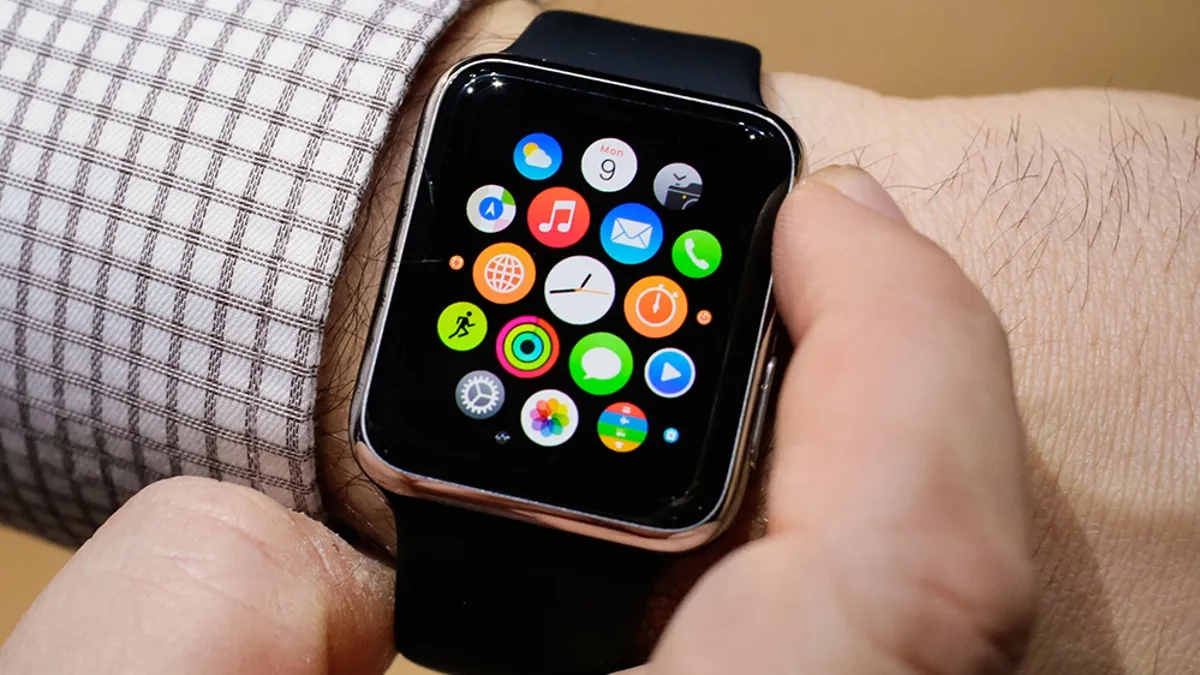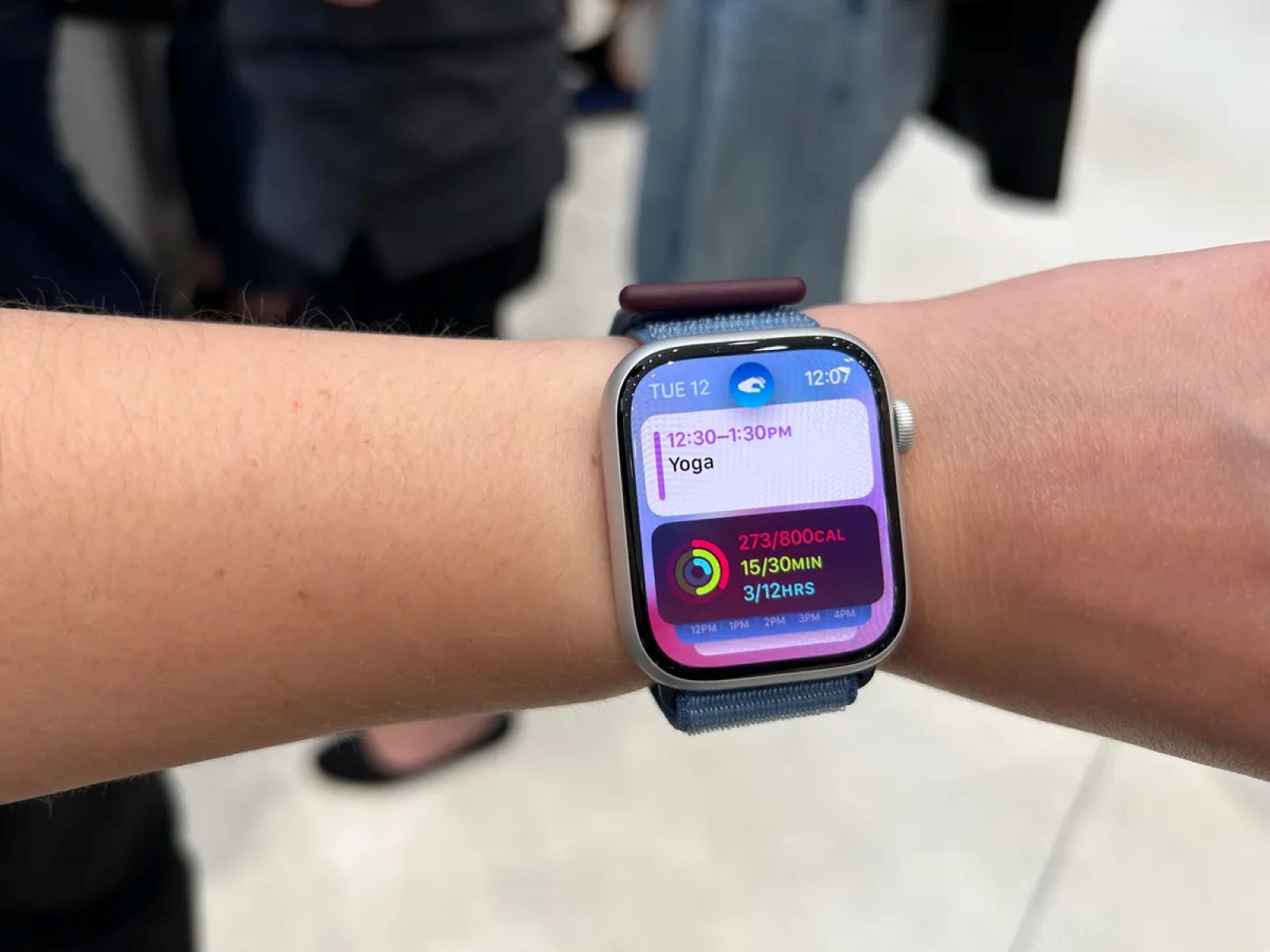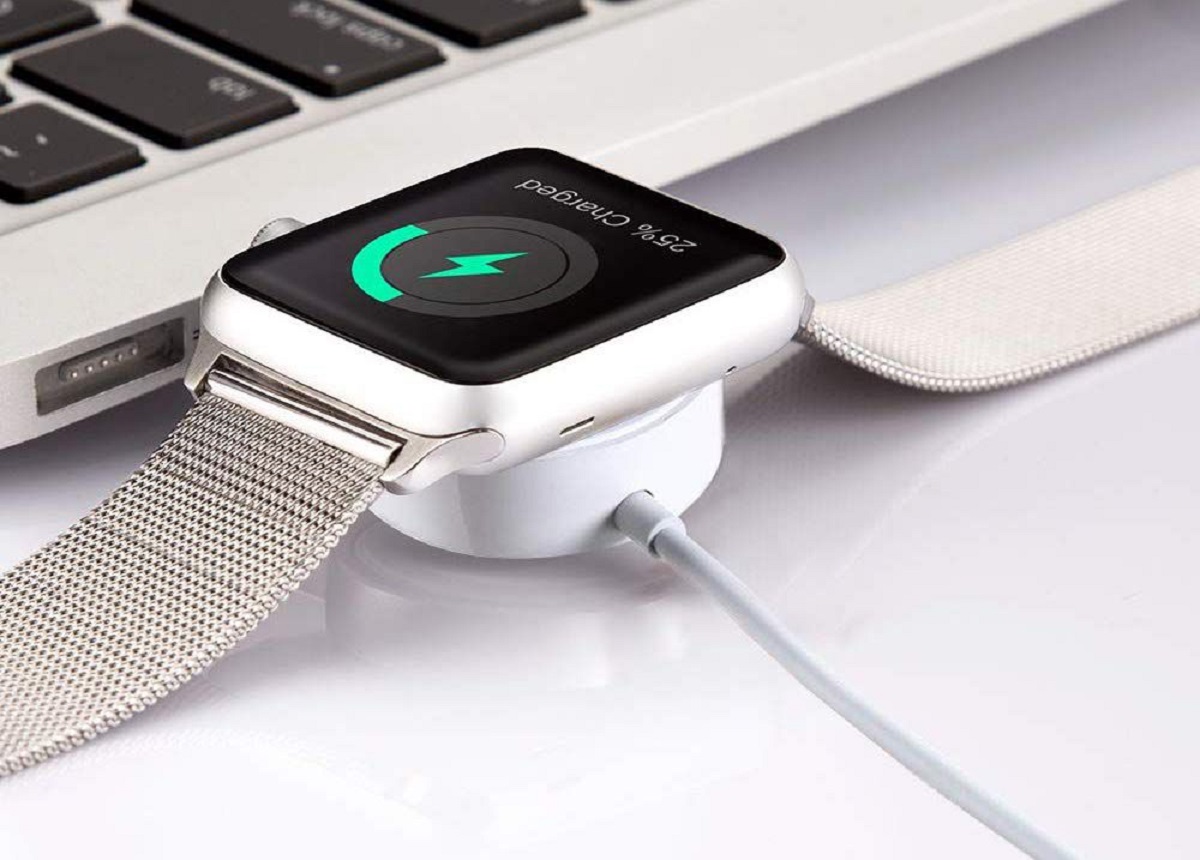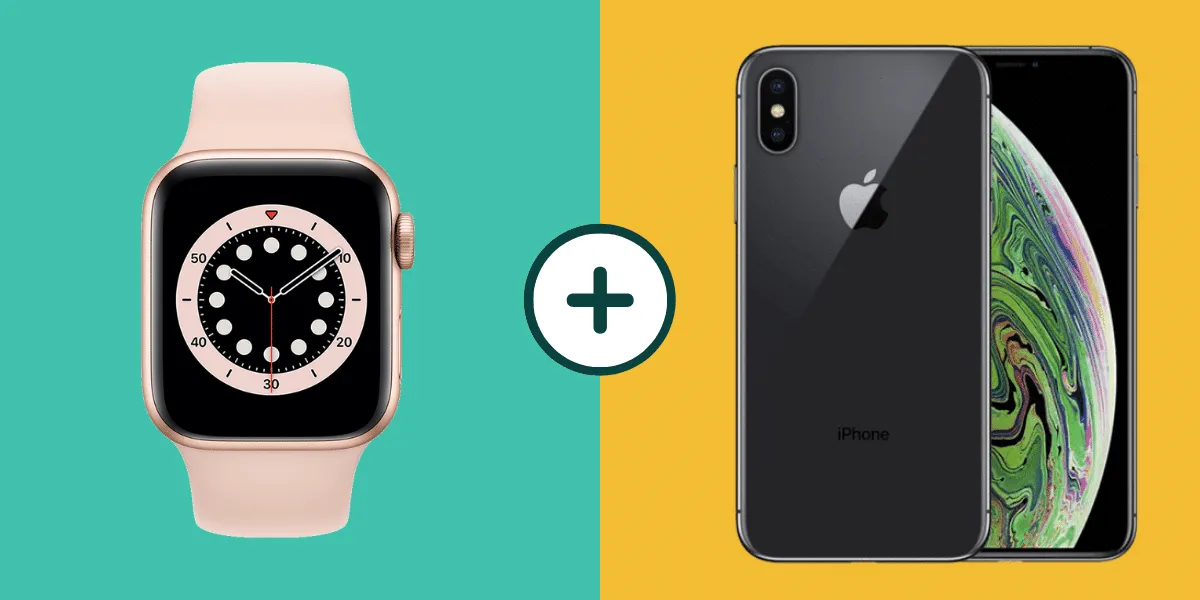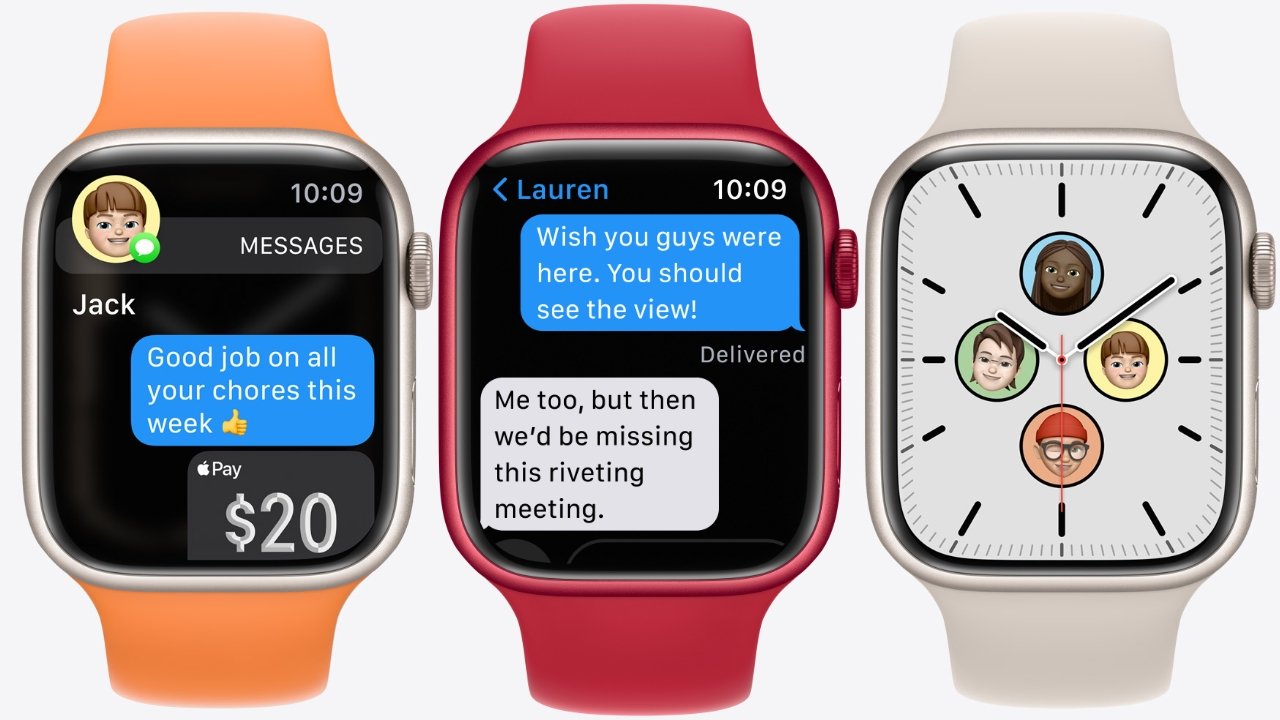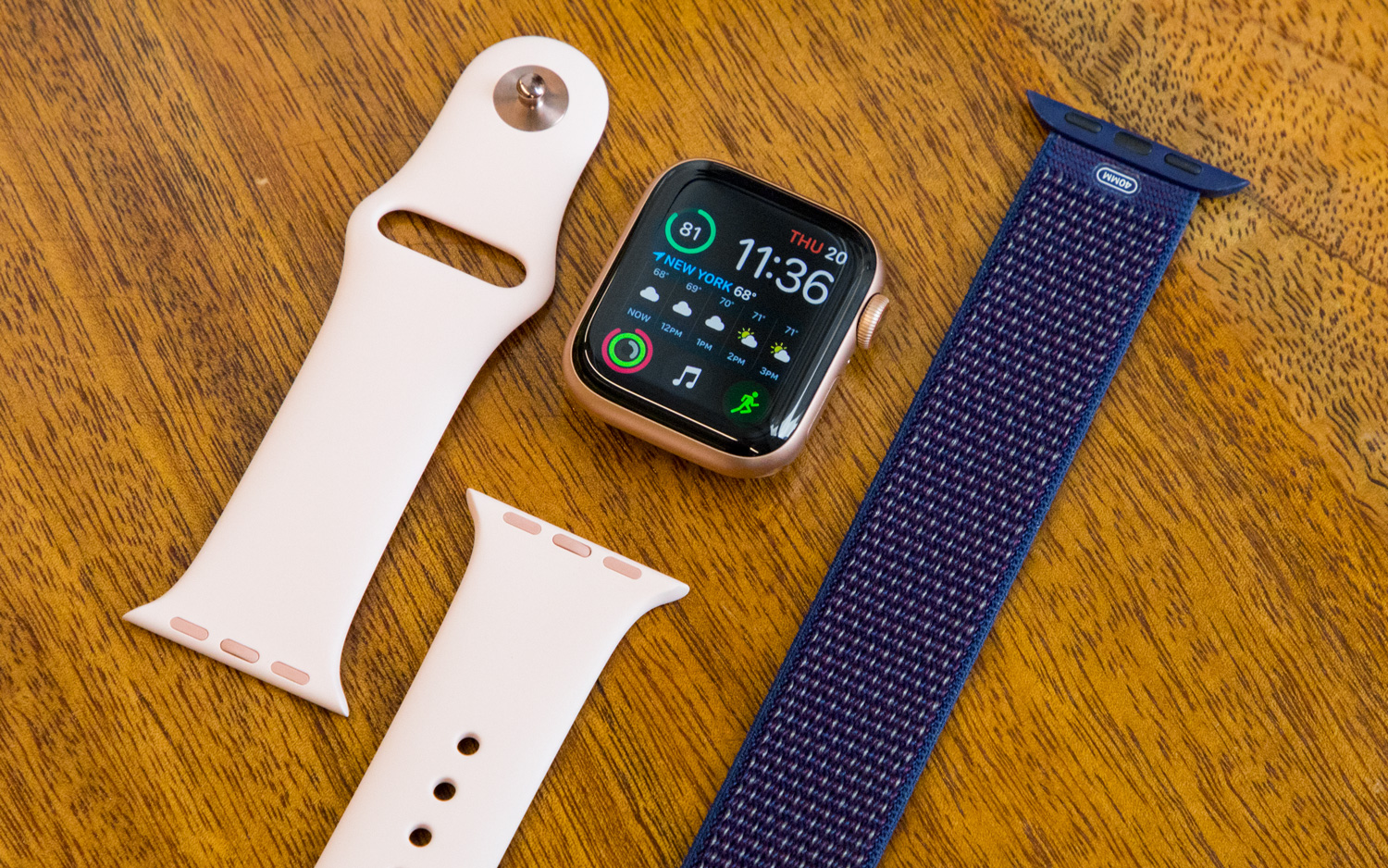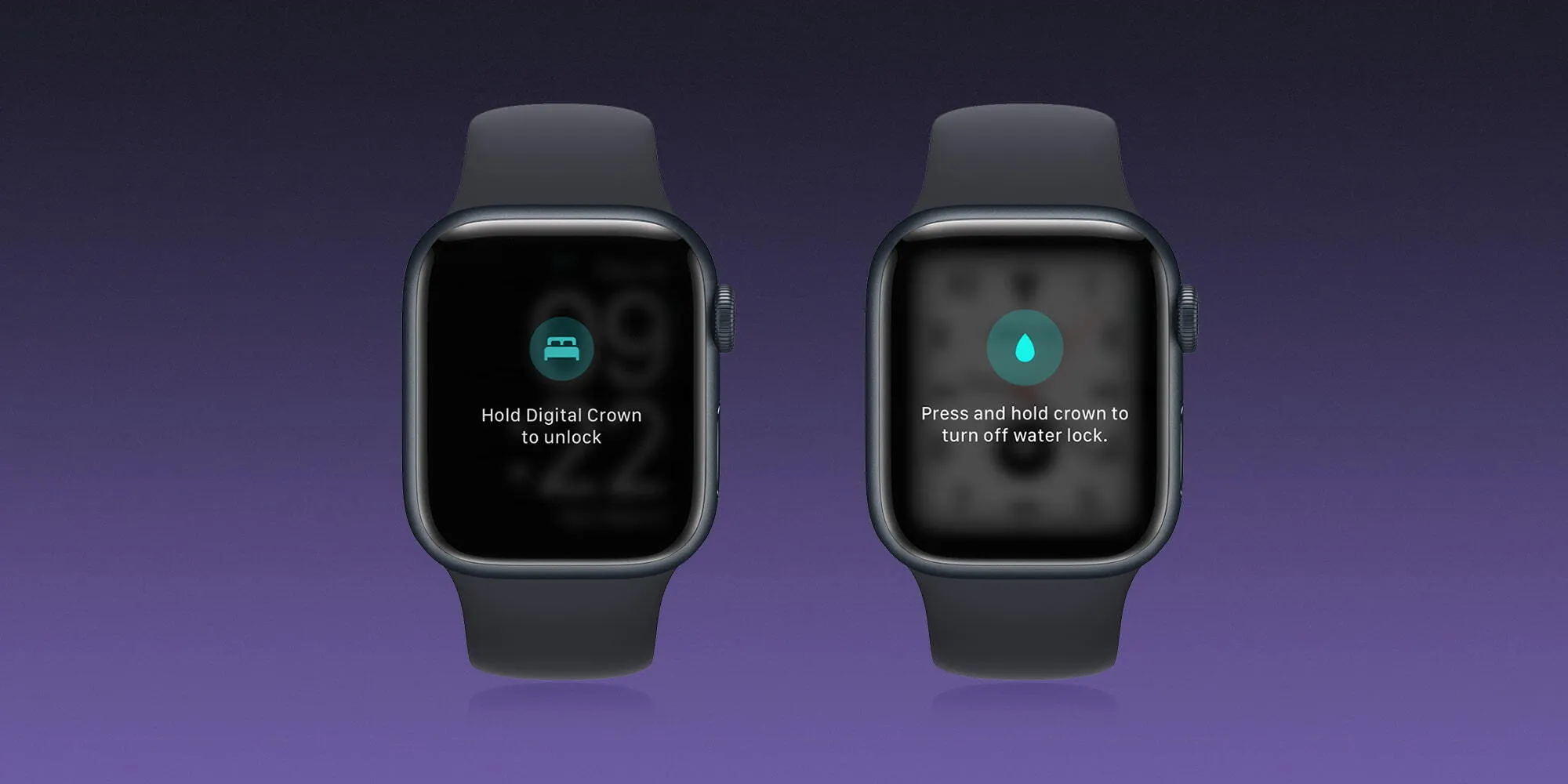Introduction
In the rapidly evolving world of technology, smartwatches have become ubiquitous accessories for tech enthusiasts and everyday consumers alike. These innovative devices have revolutionized the way we interact with our smartphones, track fitness activities, and stay connected throughout the day.
When it comes to smartwatches, one name stands out among the crowd – Apple. Renowned for its cutting-edge technology and elegant design, Apple has left an indelible mark on the smartwatch market since its entry in 2015.
But when exactly did the first Apple Watch make its debut? How did it revolutionize the way we perceive wearable technology? In this article, we will dive into the fascinating journey of the first Apple Watch, exploring its development, features, release date, and impact on the smartwatch industry.
From its humble beginnings as a niche product, the Apple Watch has gone on to dominate the market, setting new standards for functionality and style. Join us as we embark on a retrospective journey to uncover the origins and significance of the first Apple Watch.
The Development of Smartwatches
The concept of a smartwatch can be traced back to the 1980s when companies like Seiko and Casio experimented with combining digital watch functionalities with standalone computing capabilities. However, it wasn’t until the 2010s that the smartwatch industry truly began to take shape.
As smartphones became an integral part of our lives, the need for a companion device that could provide quick and convenient access to important information became apparent. This led to the development of early smartwatch prototypes, which focused primarily on syncing notifications from smartphones and tracking basic fitness metrics.
However, it was in 2013 that smartwatches gained significant attention when companies like Samsung, Pebble, and Sony released their own iterations of the device. These early models showcased some basic functionalities like email notifications, music control, and app integration.
While these early smartwatches garnered interest and curiosity, it was clear that there was room for improvement. They faced challenges such as limited battery life, clunky designs, and a lack of compelling features that would truly differentiate them from traditional watches.
With consumer demand for wearable technology on the rise, tech giants like Apple saw an opportunity to redefine the smartwatch market. Apple recognized the need to create a device that seamlessly integrated with their existing ecosystem of products and services, with a focus on functionality, style, and user experience.
The stage was set for Apple to make its mark on the smartwatch industry and change the way we perceive these devices.
The next section will explore Apple’s entrance into the smartwatch market, as well as the announcement of the first Apple Watch.
Apple’s Entrance into the Smartwatch Market
After months of speculation and anticipation, Apple finally made its entrance into the smartwatch market with the announcement of the Apple Watch in September 2014.
Apple’s approach to the smartwatch was guided by its core principles of innovation, design, and integration. The company aimed to create a device that seamlessly married fashion and technology, appealing to both tech enthusiasts and fashion-conscious individuals.
Unlike its competitors, Apple decided to create a platform exclusively for its smartwatch, rather than relying on a modified version of its iOS operating system. This allowed for a more tailored and optimized user experience, while still fully integrating with existing iOS devices.
With its sleek and stylish design, the Apple Watch was positioned as more than just a functional gadget – it was a fashion statement. The device came in three distinct collections – Apple Watch, Apple Watch Sport, and Apple Watch Edition – each catering to different tastes and preferences.
Apple also understood the importance of customization, allowing users to select from a wide range of interchangeable bands and watch faces. This level of personalization further enhanced the device’s appeal and allowed users to express their individuality.
Furthermore, Apple leveraged its ecosystem of apps and services to provide a seamless experience for Apple Watch users. Popular apps like Messages, Phone, and Music were optimized for the small screen, allowing users to stay connected and entertained with ease.
One unique feature that set the Apple Watch apart was its focus on health and fitness. With an array of sensors, including an optical heart rate monitor, accelerometer, and gyroscope, the device offered comprehensive activity tracking and workout analysis.
Overall, Apple’s entry into the smartwatch market disrupted the industry by taking a holistic approach that combined technology, design, and user experience. The announcement of the Apple Watch marked a new era for wearable technology, setting the stage for the device’s release and subsequent impact on the market.
The Announcement of the Apple Watch
The anticipation reached its peak on September 9, 2014, as Apple’s CEO Tim Cook took to the stage to unveil the highly anticipated Apple Watch. The announcement, held at the Flint Center for the Performing Arts in Cupertino, California, marked a pivotal moment in the evolution of wearable technology.
During the keynote presentation, Cook highlighted the key features and functionalities of the Apple Watch, showcasing its sleek design, customizable watch faces, and intuitive interface. The device boasted a stunning Retina display, offering vibrant colors and sharp graphics.
The Apple Watch was presented as a versatile companion for everyday life, seamlessly integrating with the user’s iPhone. It provided a convenient way to receive and respond to messages, make phone calls, and access notifications directly from the wrist. The Digital Crown, a small dial on the side of the watch, allowed for easy scrolling and navigation, distinguishing the Apple Watch from other smartwatches on the market.
Apple also introduced unique interaction methods like Force Touch, which recognized the pressure applied to the screen, enabling new possibilities for controlling and interacting with apps.
During the announcement, Cook emphasized the health and fitness aspects of the Apple Watch. The device boasted an activity app that encouraged users to stay active and set personal fitness goals. The watch incorporated features like a heart rate monitor and an accelerometer to track various aspects of physical activity, providing users with real-time feedback and personalized coaching.
Several notable partnerships were also announced during the keynote. Apple collaborated with renowned fashion brands like Hermès and established fitness companies like Nike, further reinforcing the device’s style and fitness capabilities.
The Apple Watch generated significant buzz following its announcement, with tech enthusiasts and industry experts eagerly awaiting its release. It showcased Apple’s commitment to pushing the boundaries of innovation and redefining the wearable technology landscape.
With the announcement concluded, all eyes were now on the release date of the first Apple Watch, as consumers eagerly awaited the opportunity to get their hands on this revolutionary device.
Features and Specs of the First Apple Watch
When the first Apple Watch was released, it offered a range of features and specifications that set it apart from other smartwatches on the market. The device was available in two sizes – 38mm and 42mm – catering to different wrist sizes.
One of the standout features of the Apple Watch was its Retina display, which provided sharp and vibrant visuals. The touchscreen allowed users to interact with the device through gestures like tapping, swiping, and pinching.
Apple incorporated the Digital Crown, a small rotating dial on the side of the watch, which served as a convenient way to scroll, zoom, and navigate through apps and menus. This innovative control element added a novel and intuitive way to interact with the device.
The Apple Watch was equipped with a variety of sensors, including an accelerometer, gyroscope, and optical heart rate monitor. These sensors allowed for accurate tracking of physical activities, such as steps taken, calories burned, and even monitoring heart rate during workouts.
Another key feature was the integration with Siri, Apple’s virtual assistant. Users could activate Siri with a simple voice command, allowing hands-free access to various tasks and information.
Apple also introduced a unique feature called Force Touch, which could recognize the pressure applied to the screen. This enabled additional interaction options, such as accessing contextual menus or performing specific actions within apps.
On the software front, the first Apple Watch ran on watchOS, a specialized operating system designed specifically for the device. This allowed for seamless integration with other Apple devices, such as iPhones and iPads, enabling features like message notifications, phone call management, and accessing apps directly from the wrist.
Furthermore, the Apple Watch supported a wide range of apps tailored for its smaller screen. Popular apps like Messages, Phone, Music, and Maps were optimized for easy navigation and usability. Users could also customize their watch faces, choosing from various styles and complications to suit their preferences.
The first Apple Watch came with a variety of band options, from sports bands to leather straps, allowing users to personalize the device to match their style and taste.
All of these features and specs combined to create a smartwatch that seamlessly integrated into the Apple ecosystem, offering convenience, style, and a range of functionalities for users to enjoy.
Release Date of the First Apple Watch
After months of anticipation, Apple released the first-generation Apple Watch on April 24, 2015. The device was made available for purchase in select countries, including the United States, Australia, the United Kingdom, Canada, China, France, Germany, Japan, and Hong Kong.
Ahead of the release date, Apple allowed customers to pre-order the Apple Watch starting on April 10, 2015. This pre-order period created a sense of excitement as customers eagerly awaited the opportunity to be among the first to experience Apple’s highly anticipated smartwatch.
The release of the Apple Watch was accompanied by extensive marketing campaigns and in-store demos, generating a significant amount of buzz and interest among consumers. Apple retail stores set up dedicated sections to showcase the device’s features and allow customers to try it on before making a purchase.
Despite the initial excitement, the availability of the Apple Watch was initially limited, with some models experiencing delays in shipping due to high demand. However, Apple steadily rolled out availability to additional countries throughout the following months.
The release of the Apple Watch marked a significant milestone in the smartwatch industry, as it brought together Apple’s innovative technology, design prowess, and integration with existing Apple devices. The device quickly became a status symbol, with demand surpassing expectations, leading to a global frenzy.
Enthusiasts and early adopters eagerly lined up outside Apple stores to get their hands on the first Apple Watch, with some even camping overnight to secure their place in line.
The release date of the first Apple Watch signaled a new era for wearable technology. Smartwatches were no longer niche gadgets; they had become mainstream accessories that combined style, functionality, and connectivity.
With the release of the first Apple Watch, Apple cemented its position as a leading player in the smartwatch market, forever changing the way we interact with wearable devices.
Initial Reactions and Sales Performance
The release of the first Apple Watch generated immense excitement among tech enthusiasts and Apple fans worldwide. The device promised a new era of wearable technology, and the initial reactions were a mix of curiosity, anticipation, and high expectations.
Upon its release, the Apple Watch received both praise and criticism. Reviewers were impressed by its sleek design, user-friendly interface, and the seamless integration with other Apple devices. The device’s capabilities in health tracking and its wide range of available apps were also lauded.
However, some critics raised concerns about the device’s battery life, limited app performance, and the relatively high price compared to other smartwatches on the market. Additionally, there were discussions around whether wearing a smartwatch was truly necessary for daily tasks that could be easily accomplished with a smartphone.
Despite the varied opinions, the sales performance of the first Apple Watch was impressive. Apple reported selling over 1.7 million units in the first three months after its release. This figure exceeded industry expectations and solidified Apple’s position as a dominant player in the smartwatch market.
The initial sales success of the Apple Watch can be attributed to several factors. Firstly, Apple’s loyal customer base eagerly embraced the device, as they were already immersed in the Apple ecosystem and appreciated the seamless integration with their iPhones and other Apple devices.
Furthermore, the Apple Watch appealed to the fashion-conscious crowd, as it offered a sleek and customizable design that could be personalized with various bands and watch faces. This combination of style and functionality attracted a wider consumer base, beyond just tech enthusiasts.
Another contributing factor to the sales performance of the first Apple Watch was Apple’s extensive retail presence. The in-store demos and the opportunity to try on the device helped generate interest and convert potential customers into buyers. The Apple retail stores also provided a sense of credibility and trust in the product.
Despite the success, it is important to note that the first Apple Watch did face some challenges. A significant number of early adopters were enthusiasts, rather than mainstream consumers. The device had yet to reach the level of mass adoption that is now associated with smartwatches.
However, the initial reactions and strong sales performance of the first Apple Watch set a solid foundation for subsequent generations and established Apple as a major player in the smartwatch market, opening up possibilities for future advancements and iterations of the device.
Impact and Legacy of the First Apple Watch
The release of the first Apple Watch in 2015 had a profound impact on the wearable technology landscape. It not only revolutionized the smartwatch industry but also paved the way for a new era of connected devices and personalized health tracking.
The Apple Watch played a crucial role in popularizing smartwatches and bringing them into the mainstream. It introduced the concept of a fashionable and functional wrist-worn device, transforming how we interact with technology on a daily basis.
One of the significant impacts of the Apple Watch was its integration with health and fitness tracking. Taking advantage of its advanced sensors, the device empowered users to monitor their activity levels, heart rate, and even track their workouts. This focus on health not only appealed to fitness enthusiasts but also spurred a larger cultural shift towards personal wellness.
Furthermore, the Apple Watch acted as a catalyst for innovation within the wearable technology industry. Its success motivated other companies to enter the market and develop their own smartwatches, leading to increased competition and advancements in design, functionality, and overall user experience.
Apple’s emphasis on app development and creating a developer ecosystem for the Apple Watch also contributed to its impact. This allowed third-party developers to create innovative and useful apps specifically designed for the watch, expanding its capabilities beyond the core functionalities offered by Apple.
The legacy of the first Apple Watch lies in its ability to seamlessly integrate into the overall Apple ecosystem. The device acted as an extension of the iPhone, providing quick access to notifications, messaging, and other essential features directly from the wrist. This integration set the stage for a more connected and streamlined experience across all Apple devices.
Today, the Apple Watch has evolved and continues to make significant strides in terms of design, functionality, and health tracking capabilities. It has become an indispensable accessory, offering convenient access to communication, productivity, and fitness features, all while showcasing Apple’s commitment to innovation and design excellence.
Furthermore, the first Apple Watch paved the way for subsequent generations, which introduced features like cellular connectivity, advanced health monitoring, electrocardiogram (ECG) capabilities, and an always-on display. These advancements have solidified the Apple Watch’s prominence in the wearable technology market as a leader in innovation, style, and user experience.
The impact and legacy of the first Apple Watch will be remembered as a significant milestone in the evolution of smartwatches and the broader wearable technology industry. Its success spurred a wave of innovation and reshaped consumers’ expectations for what a smartwatch could offer. As technology continues to advance, it will be interesting to see how the Apple Watch and other smartwatches continue to evolve and enhance our daily lives.
Conclusion
The release of the first Apple Watch in 2015 marked a pivotal moment in the history of wearable technology. Apple’s foray into the smartwatch market not only revolutionized the industry but also set a new standard for design, functionality, and integration.
The Apple Watch’s impact on the market cannot be overstated. It brought smartwatches into the mainstream, appealing to both tech enthusiasts and fashion-conscious individuals. With its sleek design, customizable bands, and intuitive interface, the Apple Watch seamlessly integrated into the Apple ecosystem, offering a range of features and functionalities that transformed how we interact with our devices.
The device’s emphasis on health and fitness tracking set new trends, encouraging a broader focus on personal wellness. It spurred innovation within the wearable technology industry, inspiring competitors to develop their own smartwatches and driving advancements in design, functionality, and user experience.
Over the years, the Apple Watch has evolved, introducing new features and technologies that have pushed the boundaries of what a smartwatch can do. It has become an indispensable accessory, providing convenient access to communication, productivity, and health tracking features, while staying true to Apple’s commitment to innovation and style.
The legacy of the first Apple Watch extends beyond its initial release. It has created a lasting impact, fostering a culture of connected devices and personalized health tracking. Subsequent generations of the Apple Watch have built upon its foundation, further enhancing its capabilities and solidifying its position as a leader in the wearable technology market.
As technology continues to advance, the Apple Watch and other smartwatches will continue to evolve, offering even more innovative features and functionalities. The journey that began with the first Apple Watch has paved the way for a future where wearable devices seamlessly integrate into our lives, enhancing our productivity, health, and overall well-being.
The first Apple Watch has left an indelible mark on the smartwatch industry and will be remembered as a landmark device that changed the way we perceive and interact with wearable technology. It will continue to inspire future innovations and shape the path of wearable devices for years to come.







